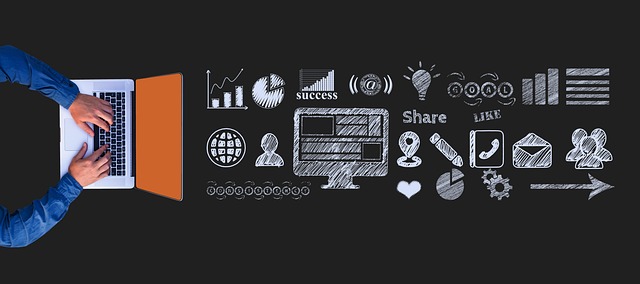AI-driven wine pairing recommendations are enhancing dining experiences by offering personalized, sophisticated choices based on grape varieties, tasting notes, food ingredients, and customer preferences. This technology benefits customers with tailored suggestions matched to a restaurant's wine list and menu, while also empowering waitstaff to provide informed recommendations. In steakhouses, AI optimizes staffing models based on real-time demand, reducing labor costs and improving service quality. Integrating AI in the restaurant industry promises significant transformations, including cost savings, reduced food waste, and enhanced customer experiences, though challenges like implementation costs, data privacy, algorithm bias, and job displacement require careful consideration.
“Revolutionize your steakhouse’s kitchen staffing with AI-driven wine pairing recommendations. This cutting-edge technology is transforming dining experiences, ensuring precise pairings that delight customers. Our article explores how AI enhances operational efficiency and customer satisfaction through intelligent staffing models. We delve into the benefits, from reduced human error to improved dining flow. Additionally, we examine future implications and challenges, providing insights for restaurants aiming to stay ahead in the evolving culinary landscape.”
- Understanding AI-Driven Wine Pairing Recommendations: How It Works
- Benefits of Implementing AI in Steakhouse Kitchen Staffing Models
- Future Implications and Challenges for AI in the Restaurant Industry
Understanding AI-Driven Wine Pairing Recommendations: How It Works

AI-driven wine pairing recommendations are transforming the dining experience by offering personalized and sophisticated choices. These systems leverage advanced algorithms that analyze a vast array of data points, including grape varieties, tasting notes, food ingredients, and customer preferences. By processing these insights, AI models can suggest optimal wine pairings that enhance the overall culinary journey.
The process typically involves a customer inputting their dietary restrictions, favorite wines, or specific taste profiles. The AI then cross-references this information with the restaurant’s extensive wine list and menu to create tailored suggestions. This technology not only ensures an enjoyable dining experience but also helps waitstaff provide more informed recommendations, fostering a deeper connection between guests and the culinary art on offer.
Benefits of Implementing AI in Steakhouse Kitchen Staffing Models

Implementing AI in steakhouse kitchen staffing models offers a multitude of benefits, enhancing both operational efficiency and customer experience. By leveraging advanced algorithms, restaurants can optimize staffing levels based on real-time demand patterns, ensuring adequate coverage during peak hours while minimizing surplus personnel when dining is lighter. This not only reduces labor costs but also allows staff to focus more intently on providing quality service.
Moreover, AI can significantly enhance the dining experience through wine pairing recommendations. By analyzing customer preferences and menu choices, AI systems can suggest tailored wine pairings, elevating the overall culinary journey. Such personalization resonates with patrons, fostering a deeper connection to the restaurant’s offerings.
Future Implications and Challenges for AI in the Restaurant Industry

As AI continues to integrate into the restaurant industry, its implications will only grow more significant. One potential future is the enhancement of customer experiences through AI-driven wine pairing recommendations, tailored to individual tastes and preferences. This level of personalization could attract a tech-savvy demographic and elevate the dining experience. Moreover, AI can optimize staffing models in kitchens, predicting demand and automating certain tasks like inventory management, thereby reducing labor costs and minimizing food waste.
However, challenges remain. Implementing AI requires substantial investment in technology and training, which smaller establishments might find prohibitive. Data privacy is another concern, especially with sensitive customer information. Ensuring ethical use of AI, preventing bias in algorithms, and maintaining transparency with customers will be crucial for widespread adoption. Furthermore, while AI can streamline operations, it may also displace certain jobs, requiring restaurants to adapt and retrain their workforce for new roles.
AI-driven wine pairing recommendations and intelligent kitchen staffing models are transforming the steakhouse industry. By leveraging advanced technologies, restaurants can enhance customer experiences through personalized food and beverage suggestions, optimize staffing efficiency, and stay competitive in a rapidly evolving market. While challenges exist, particularly regarding data privacy and ethical considerations, the future of AI in restaurants looks promising, with potential to revolutionize not just wine pairings, but all aspects of dining.
